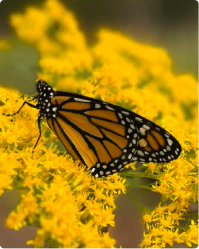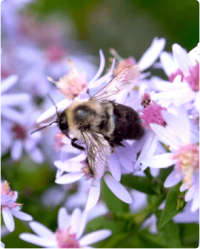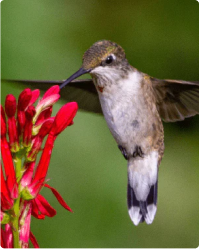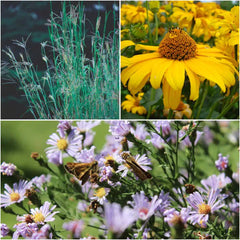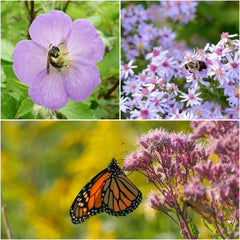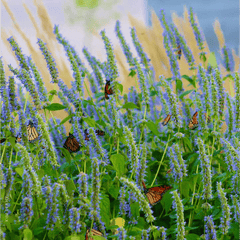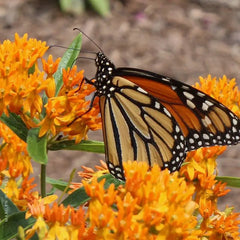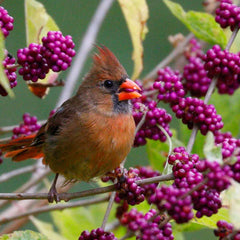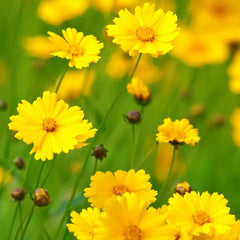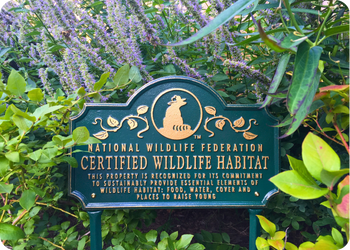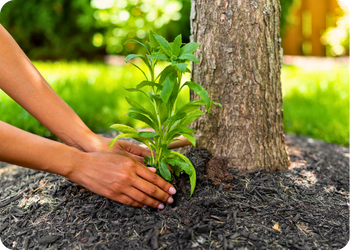- Shop All
- Plant Finder Quiz
- Collections
-
Regions
- Connecticut
- Maine
- Massachusetts
- New Hampshire
- New Jersey
- New York
- Pennsylvania
- Rhode Island
- Vermont
Northeast
- Alabama
- Arkansas
- Delaware
- District of Columbia
- Florida
- Georgia
- Kentucky
- Louisiana
- Maryland
- Mississippi
- North Carolina
- South Carolina
- Tennessee
- Virginia
- West Virginia
Southeast

View Map
- Habitats
- Wildlife
- Our Mission
- On Sale
- New
No Mow May
Our native plant collections are specially curated for your region. Please enter
your zip code to find the best plants for your area.
Filtered By:
Filters
Animal Resistant
Soil Type
Light Conditions
Bloom Type
Plant Height
Plant Type
Soil Moisture
Wildlife Benefits
Flower Color
Price range
0 Products
0 of 0 Products
Be the first to know about sales on native plants
- What is "No Mow May"?
- Can native grasses and groundcover replace my lawn?
No Mow May or "Low Mow May" is a conservation initiative that encourages homeowners to refrain from mowing their lawns during the month of May. The primary goal is to allow flowering plants that naturally grow in lawns, such as dandelions, clover, and other "weeds," to bloom undisturbed.
To take a more proactive approach, you can plant native grasses and groundcovers to replace traditional turfgrass and naturally support pollinators. These native alternatives are better adapted to your local ecosystem and provide food and cover for pollinators throughout the growing season.
Yes, in many cases, native grasses and groundcovers can completely replace your traditional lawn. However, there are a few factors to consider when exploring lawn replacement options.
Many native groundcovers and some shorter native grasses require little to no mowing but It can take time (sometimes a few seasons) for these plants to fully establish and create a dense, lawn-like cover.
Some native groundcovers are very tolerant of foot traffic (like some sedges and creeping thyme relatives), while others are more delicate. If there is a lot of foot traffic on your lawn (kids playing, dogs running, etc.), you may want to keep a section of turf grass and strategically plant around it.
Native lawn alternatives can offer unique textures, colors, and seasonal interest that differ from a uniform green lawn. They will also have a different appearance throughout each season (ex. spring and summer blooms, winter dormancy). Some native groundcovers, like common blue violet (Viola sororia), will leave the ground bare in the winter and return in the spring. Planting a mix of native grasses and groundcover species will help ensure your ground is covered throughout the year.
Support your local wildlife.
Help birds, pollinators such as bees, butterflies, other insects, amphibians and small mammals, and reptiles.Have a global impact.
Help create habitats for declining wildlife, reduce urban heat islands and manage storm water runoff.Bring nature home.
There’s no easier place to get a daily dose of nature and the physical, mental and spiritual benefits.Support our mission.
All orders benefit our non-profit to help declining wildlife and expand native plant availability nationwide.

No Mow May
Find out what's blooming.
Sign up for updates on new releases, sales, plant care tips, and more.
